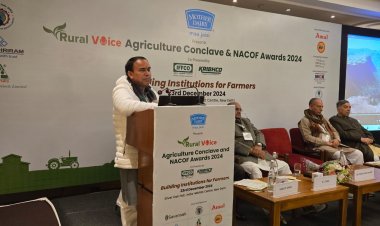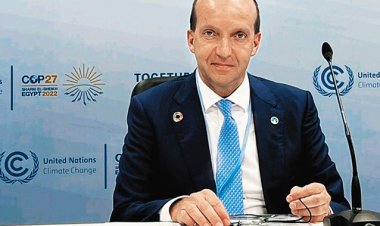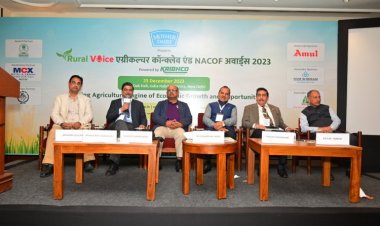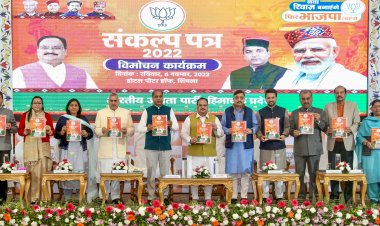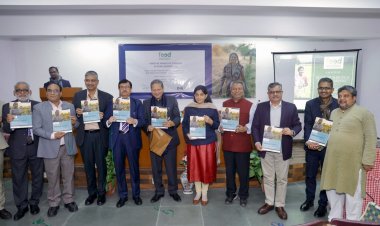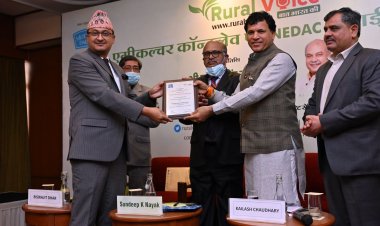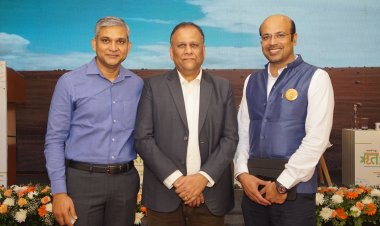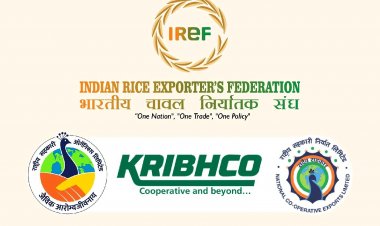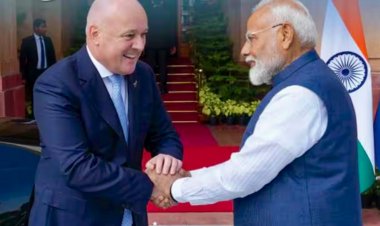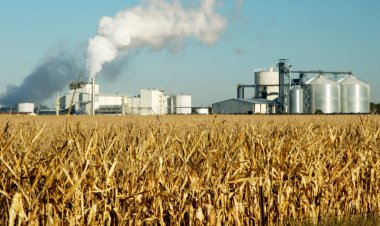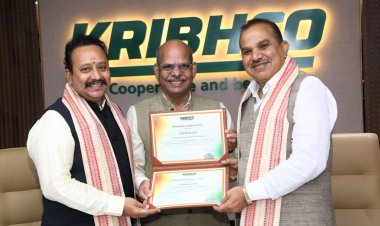Huge investments needed in agri infrastructure & distribution: Unupom Kausik
Speaking on ‘Market and Market Places’ as a day-long conference on “Agriculture in Amirt Kaal” organized recently by the Bharat Krishak Samaj and Rural Voice at the India International Centre in New Delhi, he gave an overview of Indian agriculture and highlighted various issues plaguing the farmers at the grassroots level.

Poor growth rate in agricultural investment, especially in value-addition and processing, is among some of the major challenges before the farming sector, feels Unupom Kausik, Senior Vice President, Olam India.
Speaking on ‘Market and Market Places’ as a day-long conference on “Agriculture in Amirt Kaal” organized recently by the Bharat Krishak Samaj and Rural Voice at the India International Centre in New Delhi, he gave an overview of Indian agriculture and highlighted various issues plaguing the farmers at the grassroots level.
Referring to the brief characteristics of Indian agriculture, he said it is a “tripartite agreement” among the troika of God, government and farmer – the Annadata.
It is the largest employer – engaging nearly 50% of the population, But, for moving from subsistence to commerce, it requires huge investments in terms of infrastructure & distribution, he said.
The agriculture sector has graduated from shortage management to surplus management, Kausik said, as he referred to Green Revolution – 1960s to 1970s; Operation Flood/White Revolution in the 1970s that transformed from milk deficient nation to largest milk producer in the world; the Yellow Revolution/Operation Golden flow, launched during 1986-87 to increase the production of edible oils viz., mustard seed and sesame; and the Golden Revolution from 1991 to 2003.
Identifying certain major issues before the agriculture sector, he said small and fragmented land holdings, bottleneck for farm mechanization on a large scale, dependence on monsoon rains -- nearly 50% of gross cropped area is grown under rainfed conditions – and highly capital-intensive irrigation projects (Approx. USD 4 billion for providing irrigation to 1 m ha of land) are some of them.
He also said that investments in value addition and processing industries are at a slower pace. Besides, land is a national resource while agriculture is a state subject. It requires strong coordination between center and state for equitable growth.
Pointing out a low value addition, he said, exports are majorly in the raw form -- only 2-5% of exports are in value added form. He said huge post-harvest losses - ranging 5% to 30% - were taking a toll on the agriculture sector.
Kausik said though agriculture is a stressed space globally, in India it is more acute as a large percentage of population is engaged as a result of which economics becomes political.
Lack of perfect coordination between central and state governments on agriculture related issues, lopsided investments, and very poor to negative returns hamper the sector, he said.



 Join the RuralVoice whatsapp group
Join the RuralVoice whatsapp group

















